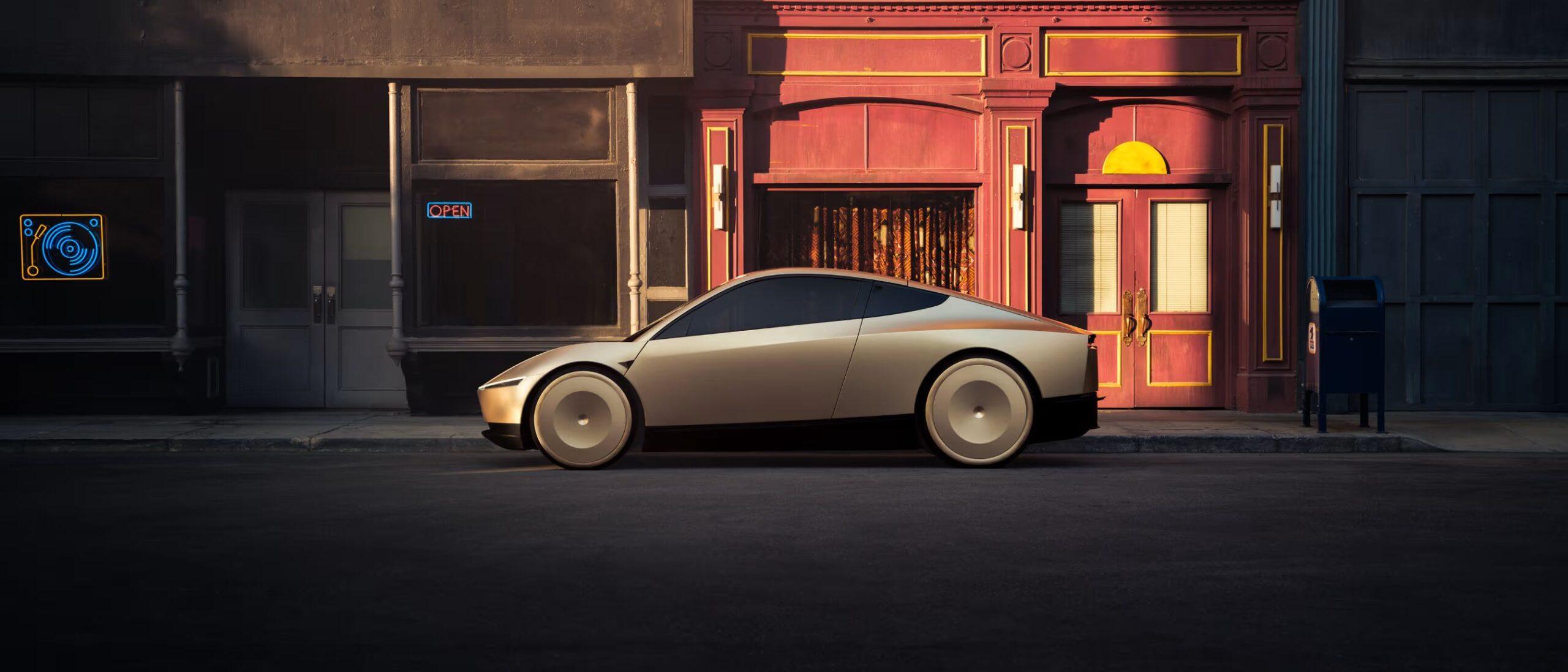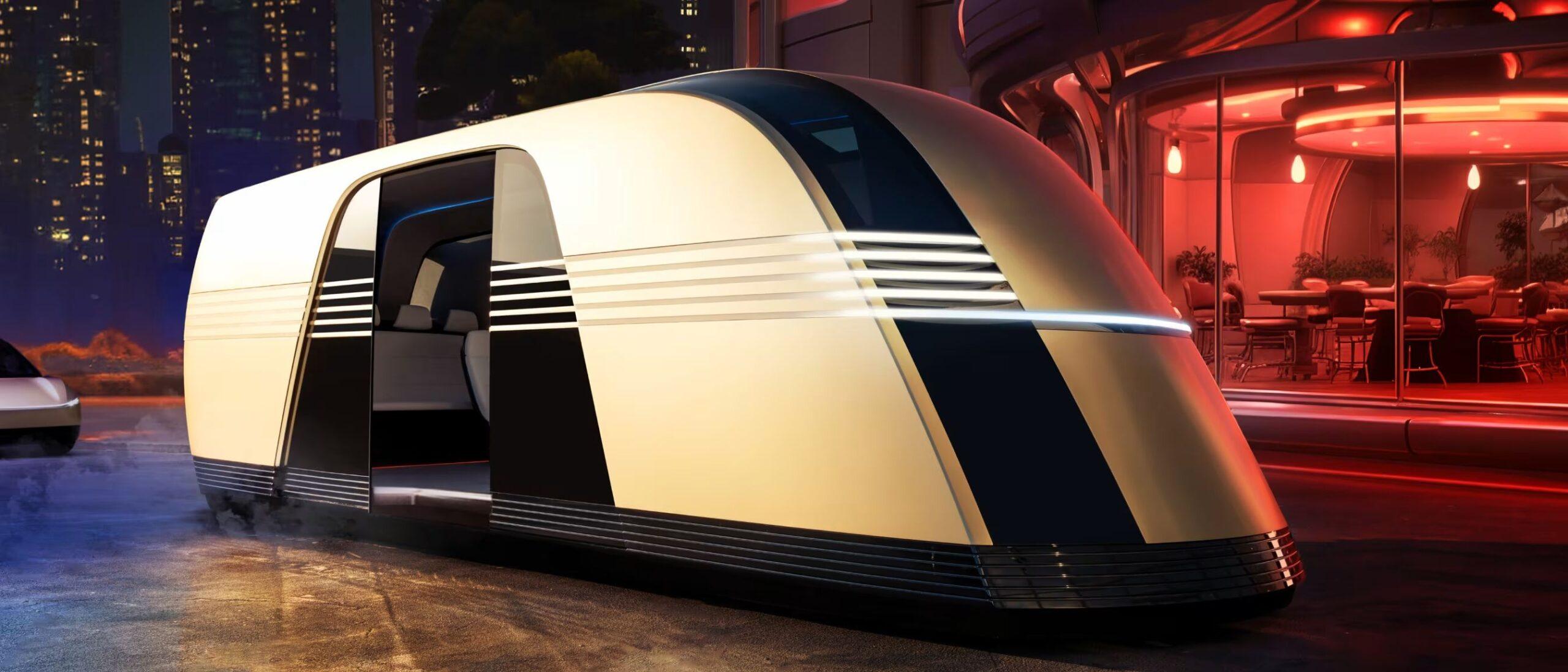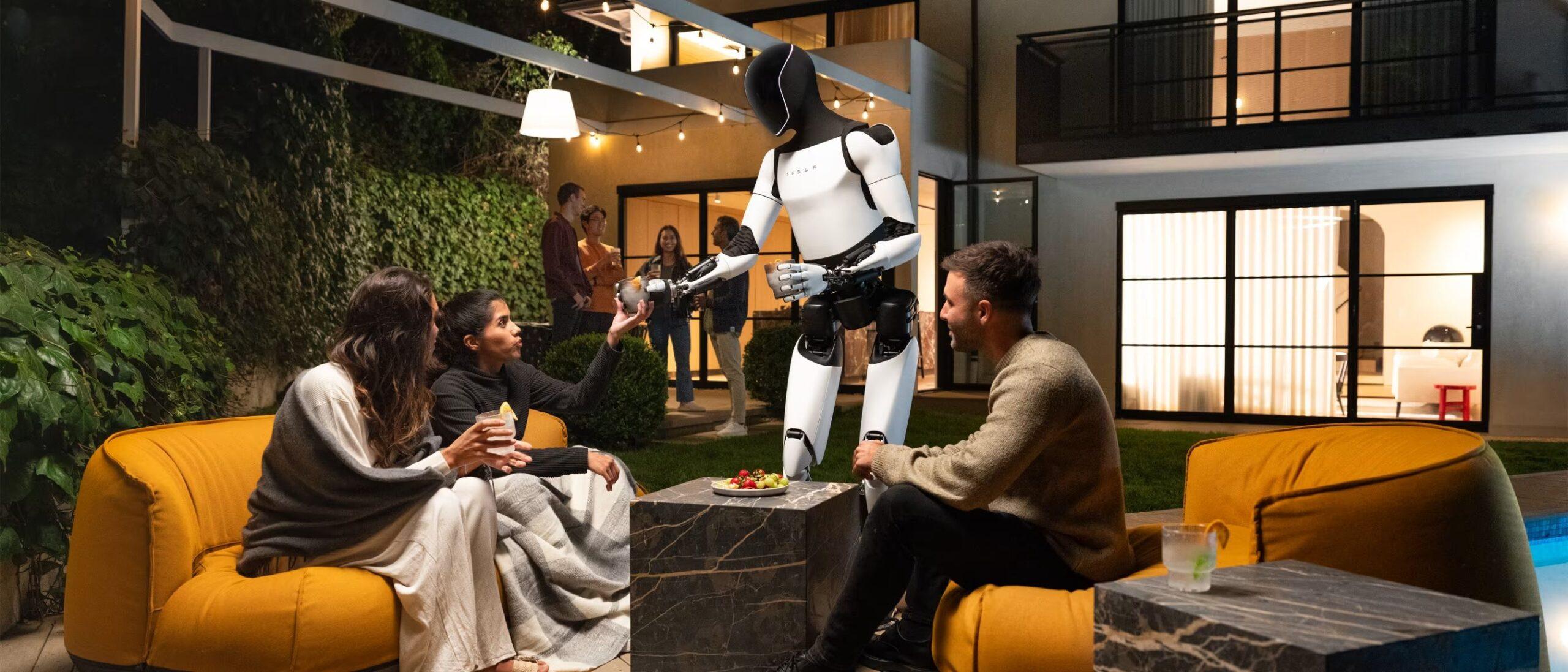Tesla’s “We, Robot” event took place with Elon Musk presenting the company’s latest advancements in autonomous technology.
Everything announced at Tesla’s We, Robot event
From the introduction of driverless Cybercabs to the reveal of a humanoid robot named Optimus, the We, Robot event highlighted Tesla’s plans to reshape both transportation and everyday life.
The future will be streamed live
10/10, 7pm PT https://t.co/YJEjZIYoTA
— Tesla (@Tesla) October 9, 2024
Elon Musk arrived on stage with a Cybercab
Elon Musk pointed out that all the vehicles on display were fully autonomous. “As you can see,” he explained, “I just arrived in the Cybercab, a robot taxi with no driver, no steering wheel, and no pedals. It’s completely driverless.”
He went on to describe how Tesla is transitioning from supervised full self-driving (FSD) to unsupervised FSD, where a person could fall asleep and wake up at their destination. “This will be life-changing,” Musk noted, “not only because of the safety improvements but also due to the time saved. Cars today are expensive, with insurance, payments, and storage costs. Autonomy will give you your time back and will be incredibly affordable.”
He predicted that autonomous vehicles would be 10 times safer than human-driven cars and emphasized the cumulative time people will save by not having to drive. Musk also introduced a new vision for autonomous transport, likening it to “individualized mass transit,” where the cost could be as low as 20 cents per mile—far below the current operating costs of traditional transport systems.

Cybercab: Pricing, availability, and charging
Musk revealed that the Cybercab’s cost would likely be under $30,000 and that fully autonomous, unsupervised FSD would launch in Texas and California next year, initially with the Model 3 and Model Y. Production of the Cybercab itself is expected by 2026, with the technology also available across Tesla’s other models, including the Model S, X, and the Cybertuck.
He underscored that Tesla’s solution relies on AI and vision systems rather than expensive hardware, making their autonomous vehicles cost-effective. “Our autonomous future is here,” he declared, adding that there are already 50 Teslas driving autonomously today.
Tesla is also introducing inductive charging for the Cybercab, which eliminates the need for plug-in chargers. Instead, the Cybercab charges itself wirelessly by simply driving over an inductive charging platform.
Introduction of Robovan
Musk then shifted to a broader topic: how autonomy will reshape cities. “Autonomous vehicles will transform parking lots into parks,” he envisioned, joking, “We’re taking the ‘lot’ out of ‘parking lot.'” This will free up space in cities for green areas, improving the quality of urban life.

For those needing larger vehicles, Musk introduced the “Robovan.” This futuristic vehicle can transport up to 20 people or large amounts of goods. “Imagine this rolling down the street—that would be amazing,” he said with enthusiasm. The Robovan is designed to address high-density transport needs, incorporating all the advanced technologies developed for Tesla’s cars.
Optimus: The personal robot
Tesla’s ambitions extend far beyond vehicles. Musk introduced Optimus, Tesla’s humanoid robot, powered by the same technology found in their cars: advanced motors, power electronics, AI, and batteries. “It’s the same technology, just in a robot with arms and legs instead of wheels,” he said.

Optimus is designed to perform a wide range of tasks, from walking dogs to mowing lawns and even babysitting children. Musk predicted that Optimus would eventually cost less than a car and would be a product that “everyone could own at scale.”
— Elon Musk (@elonmusk) October 11, 2024
“This will be the biggest product ever,” he proclaimed, predicting a future of “abundance,” where Optimus robots produce goods and services, revolutionizing the way we live and work.
Image credits: Tesla






